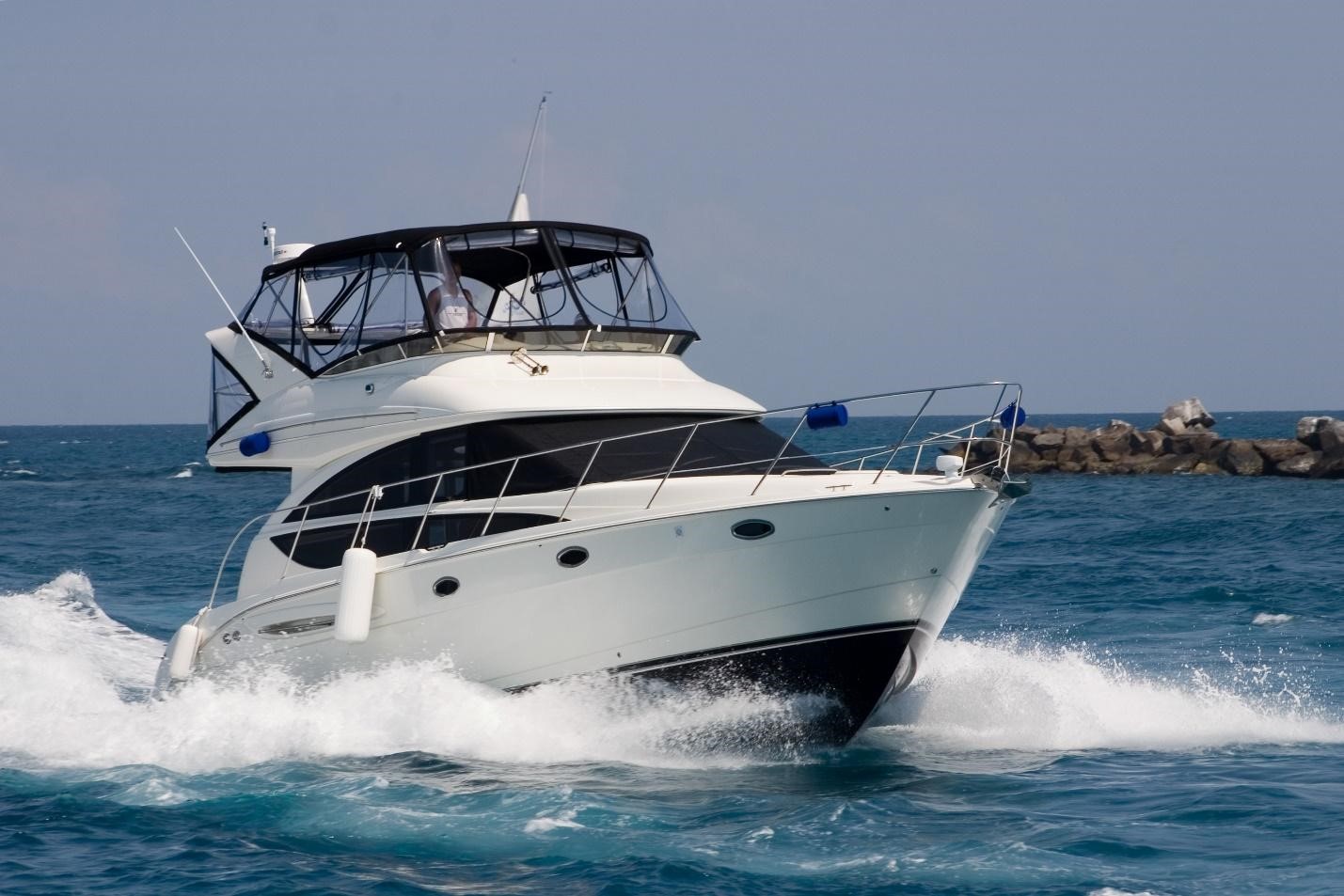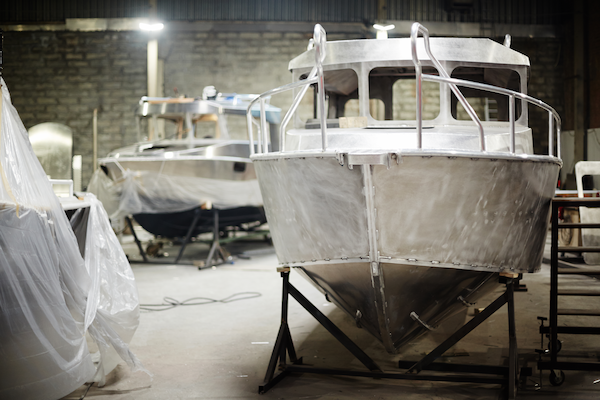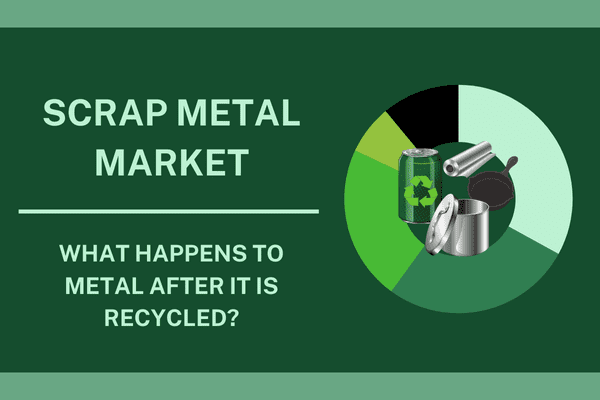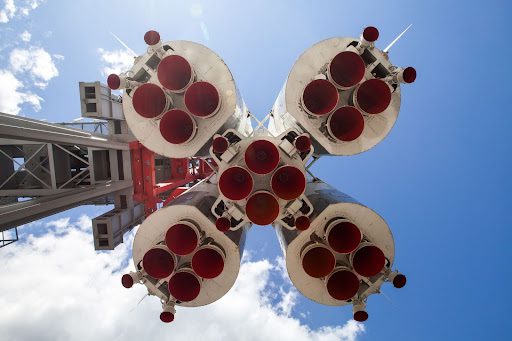
The marine scientist and oceanographer David Mearns has gotten a lot of attention in recent years for his work as a successful hunter of deep-ocean shipwrecks. He even published a book this year, “The Shipwreck Hunter: A Lifetime of Extraordinary Discoveries on the Ocean Floor,” that describes his discovery of more than 20 major shipwrecks, including battlecruisers sunk during World War II.
From a historical perspective, this can be fascinating to read. But at the same time, ships that have outlived their time and usefulness are playing an increasingly important economic and environmental role as well. That’s because of the growing recognition of the scrap metal value of ships, large, medium, and small.
End-of-Life Ships Should Be Recycled
In states like Florida and Michigan, where boating is a popular pastime, end-of-life ships can provide the scrap recycling industry with a lot of metal parts that can be reused to make new products.
Considering that the ship building industry often gets plenty of orders for new ships, that means older vessels, often thousands per year, become obsolete. These vessels can be cut into pieces and effectively sold for scrap metal. In 2012, for example, cargo weighing in at 61 million deadweight tons got successfully scrapped and recycled.
Considering the important role that scrap metal plays in helping to reduce manufacturing costs and preserving our natural resources, those who manufacture and privately own ships of all sizes should make a commitment to recycling aging vessels and cargo.
How Much Scrap Metal Can Older Ships Provide?
The practice of recycling ships has been around since the days before vessels were constructed using metal. Even wooden-hulled ships were eventually dismantled, with the spare timber used to make something else or sold to house builders and shipyard owners.
The advent of metal-hulled boats changed all that. But it was still clear that shipbreakers could still dismantle metal ships, removing parts like copper sheathing, gudgeons, rudder pintles, and copper bolts to be resold.
Likewise, some of the earliest examples of metal ship recycling date back to 1880, when the Denny Brothers of Dumbarton, Scotland started using scrap maritime steel in their shipbuilding. In the late 19th century, British ships were being purchased by other countries for scrap.

Ship Breaking Leads to More Ship Scrap Recycling
That led to a new industry that soared after the First and Second World Wars: Ship Breaking. It involved taking literally hundreds of damaged or obsolete warships, then selling them for scrap.
Ship breaking continued to grow because it was clear that decommissioned ships were an ideal source for parts and scrap because of their huge structure. Modern ships have a lifespan of 25 to 30 years, then metal fatigue and corrosion set in, meaning they’re no longer economical to run. Ship breaking allows the still-valuable parts contained within, including steel, to be recycled.
To demonstrate how rapidly this industry has grown, by 2012, ship breaking yards in India, Bangladesh, China and Pakistan were employing 100,000 workers. End-of-life ships have provided reusable parts for new ships, including bars, ingots, pipes, and plates. This clearly helps the global economy by holding down manufacturing costs. On a global basis since 2011, every year at least seven million tons of metal scrap are produced by the ship recycling industry.
What are the Benefits of Ship Breaking?
Ship breaking serves another purpose: to reduce the strain on the metal mining industry, by reducing the need to mine for virgin ore. Recycling helps put metal back in circulation for new products, and reduces energy use in the steelmaking process.
And the vast amount of an end-of-life ship can be recycled and reused, which offers us enormous environmental benefits.
Using scrap metal to produce finished products, rather than using metal ore, also helps to reduce GHG emissions. It’s been documented that energy consumption goes down by 70 percent in steel making when scrap steel is used rather than iron ore. And by not doing metal mining, that also helps cut down on GHG emissions, enabling the ship breaking industry to help decarbonize the atmosphere.

Recycling steel scrap from end-of-life ships also reduces air and water pollution and cuts down on water consumption. Quite simply, fewer resources are needed to manufacture products from metal scrap as opposed to metal ore.
Studies, in fact, indicate that recycling scrap leads to:
* 86 percent less air pollution;
* 76 percent less water pollution;
* 40 percent reduction in water usage.
Clearly, the global ship recycling industry is very beneficial for the environment and creates jobs that help boost the economy.
Can Smaller Recreational Boats Get Recycled?
Smaller ships too offer scrap for recycling firms. As recently as the early 1970s, metal yachts were rare in North American waters, but advances in the protection of steel hulls and a drop in the cost of aluminum made metal the material of choice for custom-built yachts. Steel and aluminum yachts are very common today.
If you live in a state like Florida, where luxury boating is a popular pastime, chances are you’ve experienced the challenge of your boat falling into disrepair, and perhaps even becoming a financial liability while docked at a marina. Boat recycling is a solid business there.

The good news is your boat can be recycled through a vessel collection and scrap recycling service. It’s also important to ensure that your boat is disposed of correctly, in accordance with state rules and regulations, which is why a scrap metal recycling firm is the right choice for turning your unwanted boat into cash for its scrap value.
Recycle Your Ship Scrap Metal with GLE Scrap
Whenever demand increases for new ships, it usually means older ships are being retired and those decommissioned vessels can be recycled. There are several very useful parts that can be recovered from a boat by recycling firms like GLE Scrap Metal.
There will continue to be high demand for scrap from aging cargo and best of all, GLE Scrap Metal performs environmentally-friendly processing and recycling of all base and precious metals, including those from ships.
This family-owned and operated business will purchase, process, and re-integrate all recyclable base metals, which are supplied to domestic mills and global end-users to be transformed into new products.
GLE Scrap Metal also works hard to utilize natural resources and help conserve energy.
To learn more, call GLE Scrap Metal at 855-SCRAP-88 and request a quote.


